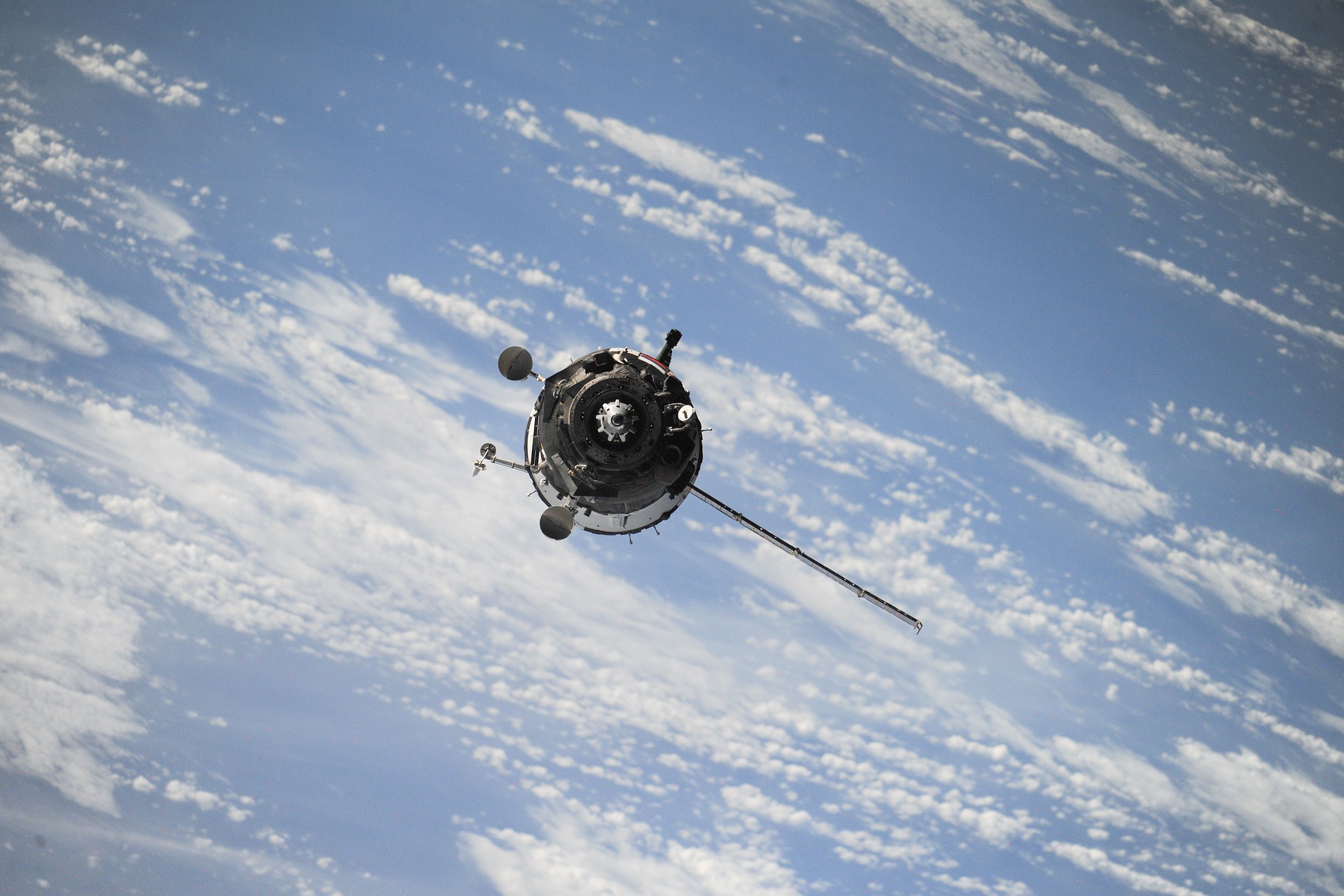NASA’s Perseverance rover, on its mission to explore the Martian landscape, captured a dust devil swirling on the western rim of Mars’ Jezero Crater on August 30. While some might have entertained thoughts of alien spacecraft, the reality is far more down-to-earth.
These dust devils are a common occurrence in desert regions on Earth and are now becoming a familiar sight on Mars. The Martian dust devil, as observed by Perseverance, was about 200 feet wide and estimated to be around 1.2 miles tall. However, it’s essential to note that these dimensions are merely estimates since the upper reaches of the dust devil were not visible in the frame.
Dust devils are essentially whirlwinds composed of dust particles that move and redistribute dust across the Martian surface. They are smaller and less potent than Earth’s tornadoes, making them an intriguing subject for scientific study.
By monitoring and analyzing these dust devils, scientists can gain valuable insights into Mars’ atmosphere and improve their weather models for the Red Planet.

This particular dust devil was captured moving at a speed of about 12 mph from east to west along “Thorofare Ridge.” The 21 frames taken four seconds apart were then enhanced to create a detailed video. The video offers a unique perspective on the phenomenon, showcasing the bottom 387 feet of the swirling vortex.
“We don’t see the top of the dust devil, but the shadow it throws gives us a good indication of its height.” This shadow, a key element in determining the dust devil’s height, has provided valuable data for scientists studying Martian weather patterns,” Mark Lemmon, a planetary scientist at the Space Science Institute in Boulder, Colorado, and a member of the Perseverance science team said.
While Mars has always held a certain allure with its potential for signs of ancient life and as a target for human exploration, it’s essential to recognize that many of the phenomena observed are natural and scientifically fascinating.
The sight in the video is certainly not an alien spacecraft landing on Mars, however, the planet continues to offer a wealth of information and surprises, enriching our understanding of the mysterious world next door.
Perseverance’s mission on Mars encompasses astrobiology, including the hunt for ancient microbial life, planetary geology and climate characterization, facilitating future human exploration, and pioneering the collection and storage of Martian rock and regolith. Subsequent NASA-ESA collaborations aim to retrieve these sealed samples from Mars for comprehensive analysis, aligning with NASA’s broader Moon to Mars exploration strategy, featuring Artemis missions to the Moon and overseen by JPL, managed by Caltech in Pasadena, California, which constructed and oversees the Perseverance rover’s operations.
Auto Amazon Links: No products found.


